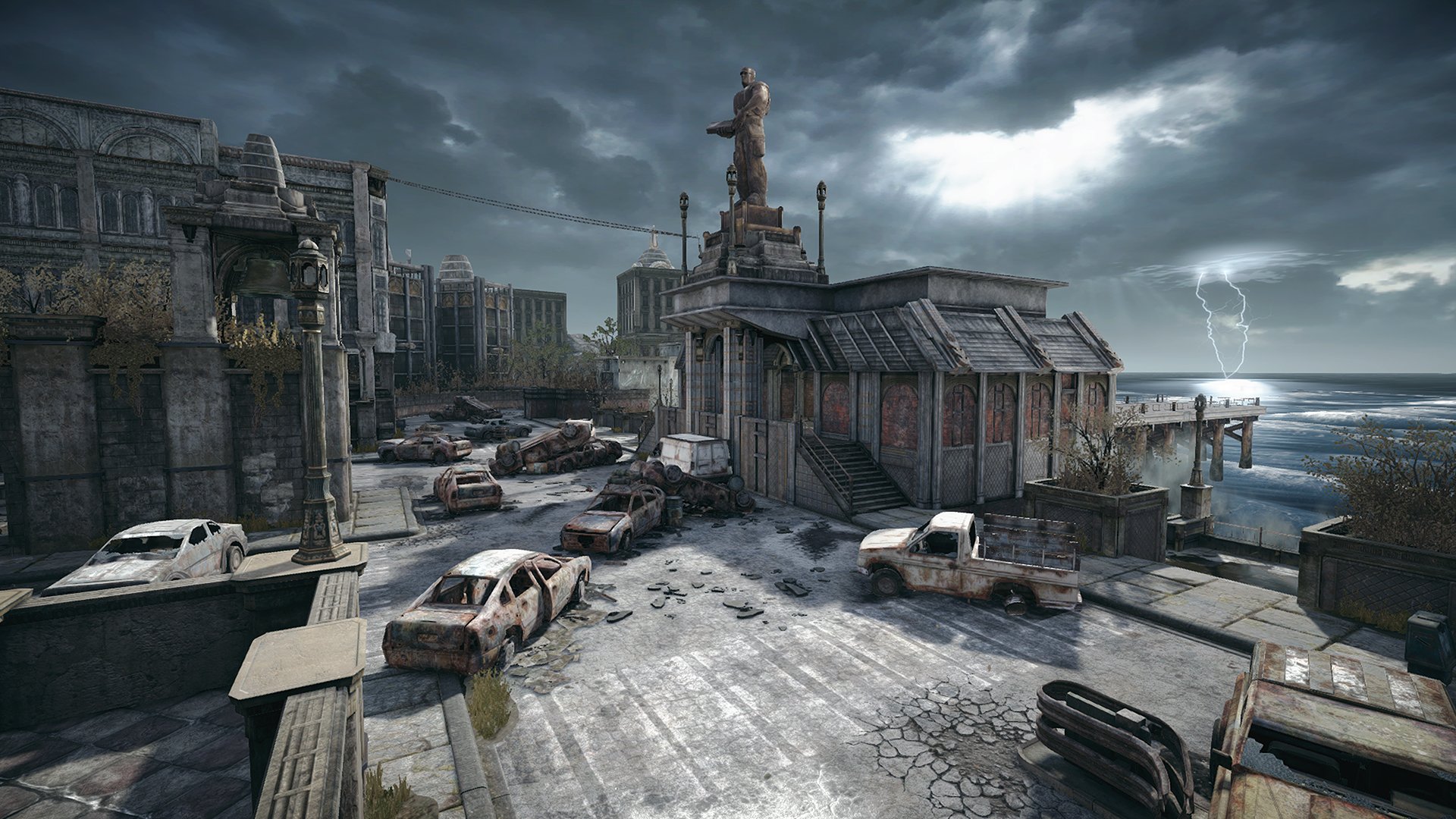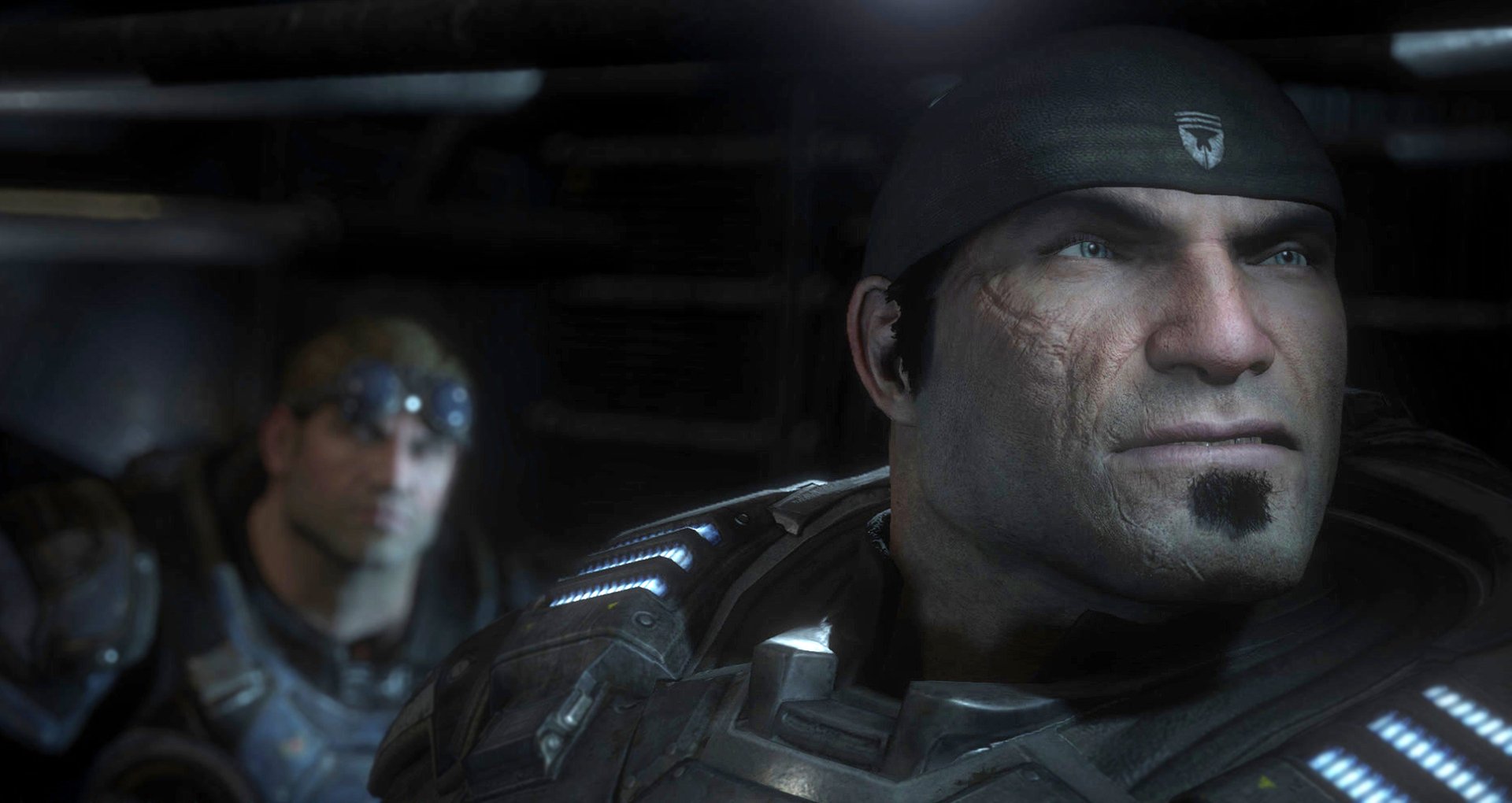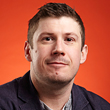GamesRadar+ Verdict
Damn near essential if you’ve yet to experience the horror that followed Emergence Day, and very heartily recommended to those who’ve forgotten just what a special time that was.
Pros
- +
Still the most brutal
- +
intelligent
- +
affecting cover-shooting around
- +
A fantastic
- +
sympathetic visual update
- +
The new chapters make this the most complete version to date
Cons
- -
Only really excels on Hardcore difficulty
- -
A few missed opportunities for improvements
Why you can trust GamesRadar+
Going back to Gears of War ten years after its original release is an exercise in myth-busting. Rightly iconic, but long since muddied in the public memory by a string of differently focused sequels, not to mention the decade-long cover-shooter boom it inspired, Gears is a game defined now as much by perception and periphery as by the concrete matter of what it actually is. It’s dude-bro ground zero to some. It’s a big dumb gun game to others. In truth, it’s neither of those things. In truth, it’s still one of the cleverest and most resonant shooters of the last decade.
At first, you might not realise that. The Ultimate Edition’s new difficulty settings – trading the original Casual, Hardcore and (unlockable) Insane for Easy, Normal, Hardcore and (ready to go) Insane – rather betray the game’s quality, leading those looking for the real Gears experience a little way down the wrong alley. Normal, you see, is pitched rather below the shooting model’s sweet-spot, forcing stringent use of cover by way of swift deaths for the unwary, but reducing the once-stoic bullet-sponges of the Locust horde to flimsy three-shot wonders. It’s a fun, slick, kinetic experience, but not one that particularly stands out from the raft of waist-high wars that have come since the game’s original release. Crank things up to Hardcore though, and you’ll suddenly realise what a unique and important game Gears of War still is.


The Ultimate Edition comes with a full suite of multiplayer modes, including new Team Deathmatch, King of the Hill, and 2v2 Gnasher Execution set-ups, alongside a raft of customisation options and all the maps, including the original DLC offering. It can be played online, in splitscreen, or over LAN, but it's a bit too soon to properly appraise things without access to live, post-release conditions. If any major problems arise, we'll keep you posted and update this review to reflect them.
The immediate ferocity alone is enough to blow a decade’s worth a shooter-fatigued cobwebs out of your ears. I use the word ‘resonant’ above very deliberately, because the concept of resonance applies throughout all areas of Gears’ design, but most immediately and obviously you’ll notice it as soon as you pull a trigger. Few games have tactile, reverberating gunfeel like Gears of War. Firing any of its eclectic, but insightfully controlled, roster of weapons genuinely feels – through a masterful combination of character weight, audio design, and visual pay-off – like operating a piece of heavy machinery engineered to fire pieces of metal through something’s flesh. It’s rare that games get that physicality right. Fighting in Gears has a staggering sense of presence and place.
The average Locust grunt can take a full clip of Lancer ammo and five to ten seconds of sustained fire to down, seconds you’ll rarely have the opportunity to unleash in one uninterrupted salvo. In Gears’ heavier firefights you’ll never be more than a few seconds of exposure from death, meaning that your every action must be staunchly appraised and reappraised on the fly to squeeze the maximum effectiveness out of every opportunity you can make or steal. It’s a tremendously exhilarating and deceptively cerebral system, built around the constantly engaging – yes – resonance between cause, effect, momentum and defence, and one which absolutely sings when amplified by Gears’ thoughtful weapon set.

Every gun, from the standard-issue Lancer rifle, to the short-range devastation of the Gnasher shotgun, to the slow, high-risk, long-range power of the Longshot sniper and Torque Bow, has immense situational advantages and failings, the nuances of which you’ll still be learning and mastering long into the game. It’s a precisely balanced and smartly stripped-down weapon-set, especially by comparison to Gears 3’s more extravagant, less focused line-up, and one which the game’s skirmish design wrings every possible ounce of versatility from.
You’ll rarely run into two similar stand-offs in a row, Gears’ tight, meticulously designed battlegrounds pitched to reconfigure and recontextualise its robust, core combat in a different way each time the action kicks off. Some areas reward carefully balanced aggression in focused pushes. Others deal with your ability to control crowds spilling from multiple sources, or force you to think fast on the back foot, as aggressive shotgunners press down on your position, backed by longer-range riflemen or heavies.

Gears’ more overtly themed battles are even better, sometimes forcing you to choose – and create – safe routes through lethal, Krill-infested darkness while simultaneously dealing with an uncompromisingly claustrophobic battle, or perhaps providing movable cover with which to shift your array of options and firing lines as the fight plays out. It’s the best possible tribute the Gears of War’s design that ten years later, it isn’t a game of fondly remembered, stand-out set-pieces held together with long-forgotten connective tissue, but rather a game in which almost every battle comes flooding back the instant it starts, the majority feeling like carefully crafted ‘special’ moments in their own right. Resonance. A decade on, still so much resonance.
Weekly digests, tales from the communities you love, and more
That’s the body and soul of Gears then, but what of its new, 2015 face? Visually, it’s a hell of an upgrade, bringing the game well up to the standard of later releases like Gears 3 and Judgment. Admittedly, you might not notice at first, if you haven’t played the game since its original release, but that’s just the nature of nostalgia. The Ultimate Edition effectively delivers a Gears of War that looks like the game does in your rose-tinted memories, a vast, objective upgrade from its original iteration, but one that stays true to the desperate, stark atmosphere that made the original overall experience such an affecting tonal reflection of its gameplay.

In other areas, the update is slightly more lacking. Nothing has been downgraded, but there are a few missed opportunities along the way. Gears’ hit-and-miss, later game checkpointing can still be a source of frustration, with lengthy, demanding battles chained together a few at a time with sporadic opportunities to save your progress. The original game’s flaw of sticking certain restart points before lengthy conversations and empty areas leading up to tough fights also remains, a rather glaring candidate for improvement that inexplicably hasn’t been addressed.
And while certain notoriously problematic areas of the game have certainly been cleaned up – the never-loved Junker vehicle section feels far less frustrating now, easily cleared in one quick run – your co-op AI’s notable lack of ‘I’ remains. Dom in particular is far too eager to run head-first into Troika turrets, effectively making himself a non-presence for many of the later, more intense fights. And the irritating trial-and-error navigation of the collapsing floor in that one room in Act Three’s imulsion refinery really could have been cut without any negative consequence.

These are, of course, all niggles that exist in the original game. They’re not the fault of this new, updated version. But their continued presence is. They’re far from deal-breakers, but they do make the Ultimate Edition marginally less ultimate than it could have been.
All that said though, the lows are vastly outweighed by the highs. The opportunity to revisit and remember the thrilling, affecting intelligence of Gears’ combat is more than enough reason to return to Sera on its own, but you also get to see more of it this time around. The ‘missing’ five chapters from Act Five, which previously only appeared in the PC version, are now seamlessly slotted into the game’s crescendo, greatly improving the overall pacing, and making a great deal more sense of the escalation to Gears’ climax. That they also deliver a final, grossly satisfying exploration of the combat’s potency by way of even more extravagant, multi-directional battlefields (sometimes masking several routes to hidden strategic solutions) just makes this version of Gears of War all the more complete and definitive.
More info
| Genre | Shooter |
| Description | The game that launched a generation of cover-shooters, and introduced the world to the joys of the chainsaw bayonet, makes a newly beautified return in 1080p at 60fps. But is it still king of the hill, ten years later? |
| Franchise name | Gears of War |
| UK franchise name | Gears of War |
| Platform | "Xbox One" |
| Release date | 1 January 1970 (US), 1 January 1970 (UK) |




